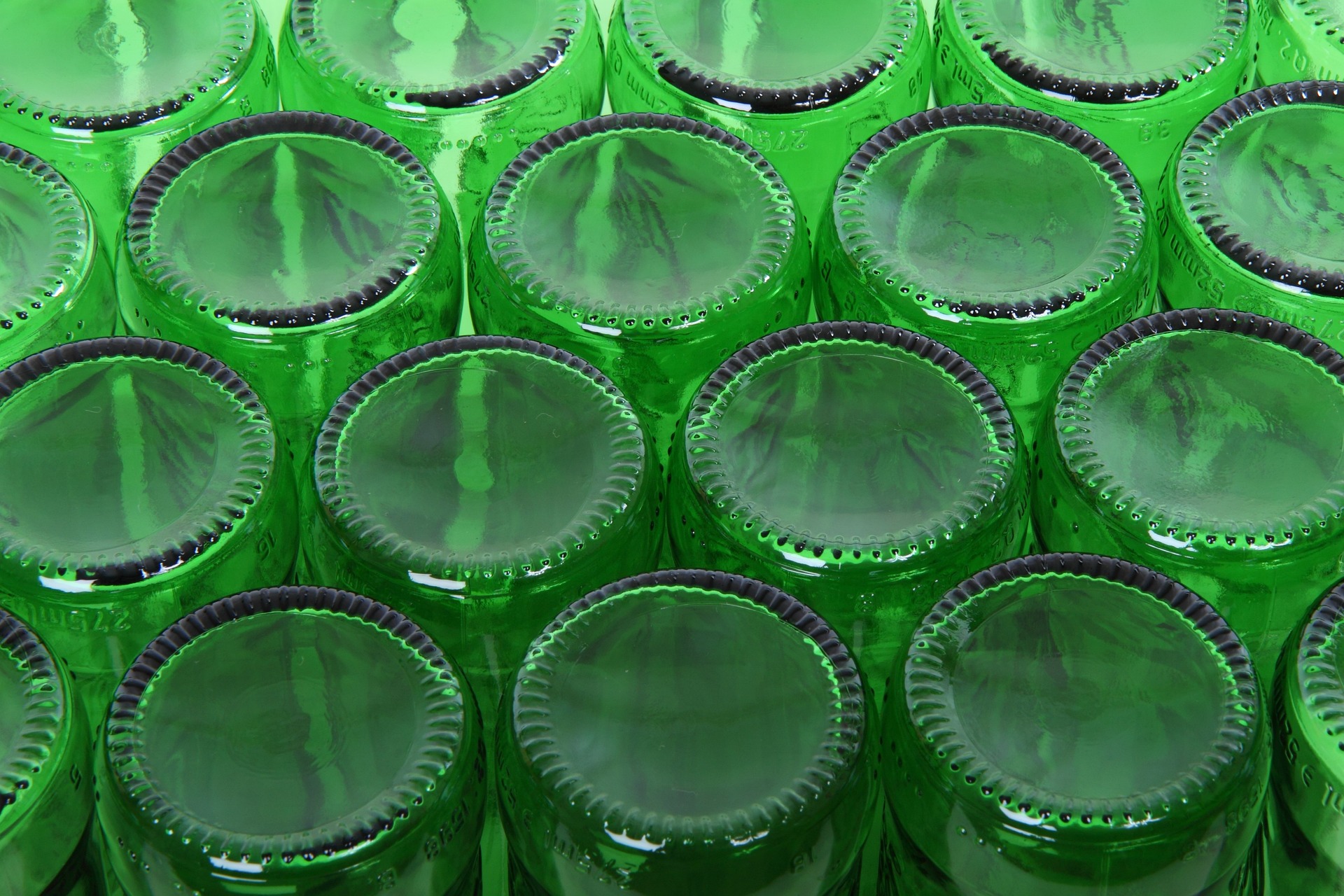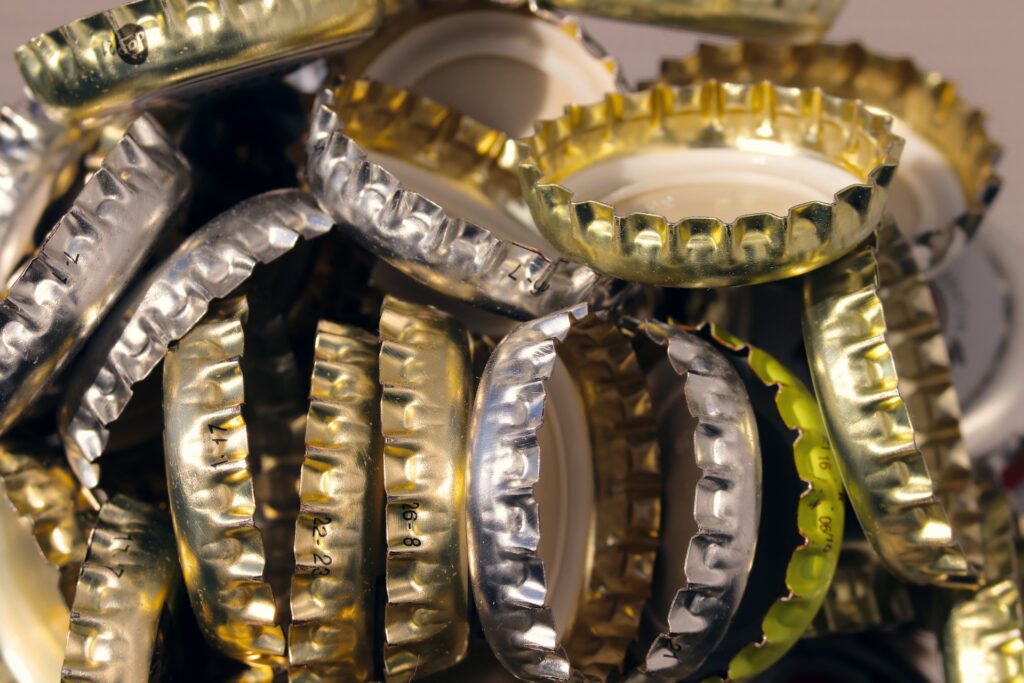There’s nothing more satisfying than opening a cold bottle of beer that you’ve brewed yourself. Brewing at home is a great pastime. It’s fun and you might even save a few bucks! This article is for new brewers: it offers some advice on how to get started if you’re new to the hobby.
If you haven’t yet started on your homebrew journey, it can feel a little bit overwhelming – there’s a huge amount of different equipment, information, processes and recipes around. The truth is, getting started in home brewing beer is easy! As you get more experienced, you can move onto more advanced brewing techniques and styles, but getting that first brew fermented doesn’t need to be hard – just keep it simple and slowly build up your skills.
Before you start
Before you go buying gear, it’s important to have a basic understanding of the brewing process. You don’t need to read up on every little detail, but some areas that you should definitely be familiar with are the basics of fermentation, sterilisation and core beer ingredients. The internet can be a valuable place to start gathering information but keep in mind that there’s a lot of inaccurate information out there on the web so stick to trusted sources. It may seem old school, but books can be a great place to learn too – I recommend picking up a copy of John Palmer’s How to Brew.
Another valuable source of information is your local home brew supply store. They are usually friendly, experienced and have great knowledge about local ingredients and conditions for brewing. Most local home brew supply stores will also sell some type of home brew “starter pack” that includes all the equipment you need to get your first beer bubbling away (but more on equipment later in this article).
While gaining some knowledge is essential before you get started, don’t get too caught up learning every nuance of brewing – one of the best ways to learn is by getting on with brewing a batch. When it comes to learning, your good batches will teach you just as much as your bad batches (and there will be bad batches!)
Create your brewing space
Once you have a bit of basic knowledge around fermentation, sanitisation and ingredients, go ahead and create your brewing space. There are two places you’ll need when you’re brewing: somewhere to make the wort and somewhere to ferment the wort into delicious beer.
No matter how you brew (all grain, extract, brew in a bag etc.) there’s always going to be water involved. Even on a successful brew day, you’ll have spills, wet towels, sticky countertops etc. For this reason, it’s good to choose somewhere to brew that has access to potable water and a drain. You’ll also need plenty of counter space and a chair (a surprising amount of brewing is, in fact, waiting). Depending on the equipment you’re using you may also need a power source AWAY from water and drains and appropriate ventilation if you’re using a gas burner. It also is a good idea to have a first aid kit handy.
Once the wort is in the fermenter you’ll need somewhere that you can leave it alone so the yeast can do their thing. This space should be dark and not have large temperature swings throughout the day. Your first brew as a beginner will most likely be an ale, so look for a space with an ambient temp of roughly 15-20 C. In most climates, a cellar is the perfect environment for brewing and conditioning ales. Also, think about your shelving in this space: will it support the fermenter when it is full? Is it the right height for when I need to start filling bottles?
Equipment to get started
The exact equipment you need may vary depending on what type of brew you are going to do, but there’s a few basic pieces of kit that are non-negotiable. The list below is the minimum of what you will need to get started:
- Fermenter: glass or food safe plastic, with a slightly bigger volume than the batch that you plan to make. For beginners, I recommend a plastic fermenter from your local home brew supplier
- Tap: a tap at the bottom of your fermenter makes bottling much easier
- Stick on thermometer: this inexpensive strip roughly indicates the temperature of the brew inside your fermenter
- Airlock and grommet: this will allow C02 to escape your fermenter without allowing air in
- Hydrometer: for measuring the gravity (dissolved sugar) of your brew – essential for understanding when fermentation is complete and the ABV of your finished beer
- Sanitiser: a no rinse sanitiser will make sure you don’t get any nasty flavours in your brew
- Brewery cleaning solution: for cleaning your gear after use. Always use a cleaning product specifically designed for brewing. Avoid using regular kitchen soaps and solutions with your brewing equipment
- Spoon: heat-resistant plastic, glass or stainless steel are best
- Carbonation drops or other sugar: for carbonating your beer
- Bottling wand: small valve attachment makes bottling easier and lessens oxygenation of your brew
- Bottles: enough to fit your whole batch. Always have a few extras on hand in case of breakages
- Capper: this will allow you to securely cap your beer bottles
- Caps: use new beer caps only
- Notebook: useful for recording crucial information so you can understand and improve your brews
Your first brew
Finally, the time has come! You’ve gathered all your equipment, read up on a few things and you’re ready to get going…but what on earth are you going to brew?
For your first brew it’s good to keep things simple. I would recommend brewing from a can (extract brewing). These cans contain all the sugars, hops and flavourings you need to brew your first beer – just add water! These cans will usually come with a little packet of yeast as well…but I would strongly recommend buying an extra packet from your local home brew store and using that instead. The yeast that comes with these cans often isn’t viable because of the amount of time the cans spend in transit or sitting in a hot warehouse.
These cans are an economical way to brew and will help you to understand the fermentation process. They are perfect for beginners and will help you to get a feel for brewing beer before dropping more money on an all-grain or brew in a bag set up. With extract brewing, you can even add additional sugars, hops or other flavourings to the brews as your skills grow.
In terms of which style of beer to brew, this is completely up to you. The beauty of home brewing is that you can brew whatever the hell you want! From a practical standpoint, a beer with a robust flavour profile will hide any little off-flavours from issues like fermentation temperature swings or sanitation mistakes (both common issues for a beginner). For my buddies getting into brewing, I usually recommend a nice stout as a starter brew.
Brewing is a fun, creative hobby that doesn’t cost too much. It’s normal to feel a little overwhelmed when starting something new – learn from your successes and mistakes and take good notes so you can identify where things went well (or not). Where possible, brew with a friend because having an extra set of hands is always good!
Finally, remember that brewing is meant to be fun – so don’t take it too seriously. There will be spills, broken bottles and batches of beer that don’t turn out quite like you expected. Don’t stress about this stuff – it’s all part of the process. If things get too overwhelming, pour a beer and think about how you can do things better the next time.
Cheers!





